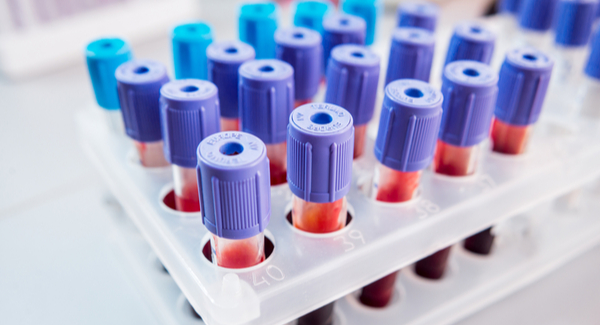Imaging and Nerve Tests for Arthritis
Imaging and nerve tests allow a doctor to see the internal structures without doing a medical procedure. So, these tests are commonly used both in the diagnosis as well as the monitoring of arthritis. These tests look for abnormalities of joints, organs, nerves and other signs of disease. These tests may also be necessary to help eliminate other causes of symptoms.
Imaging Tests
X-ray (radiography)
These tests are often used in the diagnosis and monitoring of inflammatory arthritis, degenerative arthritis, fibromyalgia and other pain conditions, back pain and musculoskeletal conditions.
A form of electromagnetic radiation is passed through the hip to create a two-dimensional picture of the bones.
Computerized axial tomography (CAT or CT) scan
Combines X-ray equipment with computers to record two-dimensional images of your body and, in some cases, three-dimensional images, showing soft tissues such as ligaments and muscles more clearly than traditional X-rays.
Magnetic resonance imaging (MRI)
Uses a strong magnet linked to a computer to create a detailed image of a cross section of the body providing clear, detailed images of bones and the soft-tissue structures, such as the muscles, cartilage, ligaments, discs, tendons and blood vessels.
Bone Scan
After injection of a small amount of radioactive dye, a special camera is used to scan the area to detect an increase in blood flow and bone-forming cell activity, which could indicate a tumor, infection or fracture.
Dual energy X-ray absorptiometry (DEXA or DXA)
There are times when more specialized imaging tests may be required – especially when diagnosing osteoporosis or for back or foot problems.
Used to diagnose osteoporosis by using a small amount of radiation to determine the density, or thickness, of bone in the spine and other areas of the body.
Discogram
After injection of radioactive dye, the doctor performs a CT scan, which shows tears, scars or changes in the discs in the back.
Video Fluoroscopy
Combines the use of an X-ray and a fluorescent screen to show the internal structures and movements of the foot.
Arthrography
Injection of a contrast dye into the ankle to enable the doctor to better see the joint on X-ray.
Nerve Tests
Electromyography (EMG or myogram)
These tests may be used for diagnosing problems with the back or for conditions such as carpal tunnel syndrome.
Electrodes inserted through the skin and into muscles to detect electrical activity that can help the doctor see how muscles respond to nerve stimulation.
Lower Body Nerve Evaluation
Running a device called a pinwheel from your hips to your feet, the doctor will check for areas that are either abnormally sensitive or insensitive to stimulus, which would suggest possible nerve involvement in the lower spine.
Muscle Strength Evaluation
Checking the strength of different muscle groups in the lower body allows the doctor to detect possible nerve problems – a weakened muscle group may suggest nerve damage.
Sciatic nerve stretch test
Raising legs one at a time (while you extend and relax them) helps the doctor determine whether stretching the sciatic nerve causes pain, suggesting possible nerve-root involvement.
Nerve Conduction Studies
Electrodes fastened to the wrist and hands and small electric shocks sent to the forearm, wrist and finger to measure the speed of conduction through the nerve fibers in order to diagnose carpal tunnel syndrome.

Stay in the Know. Live in the Yes.
Get involved with the arthritis community. Tell us a little about yourself and, based on your interests, you’ll receive emails packed with the latest information and resources to live your best life and connect with others.



